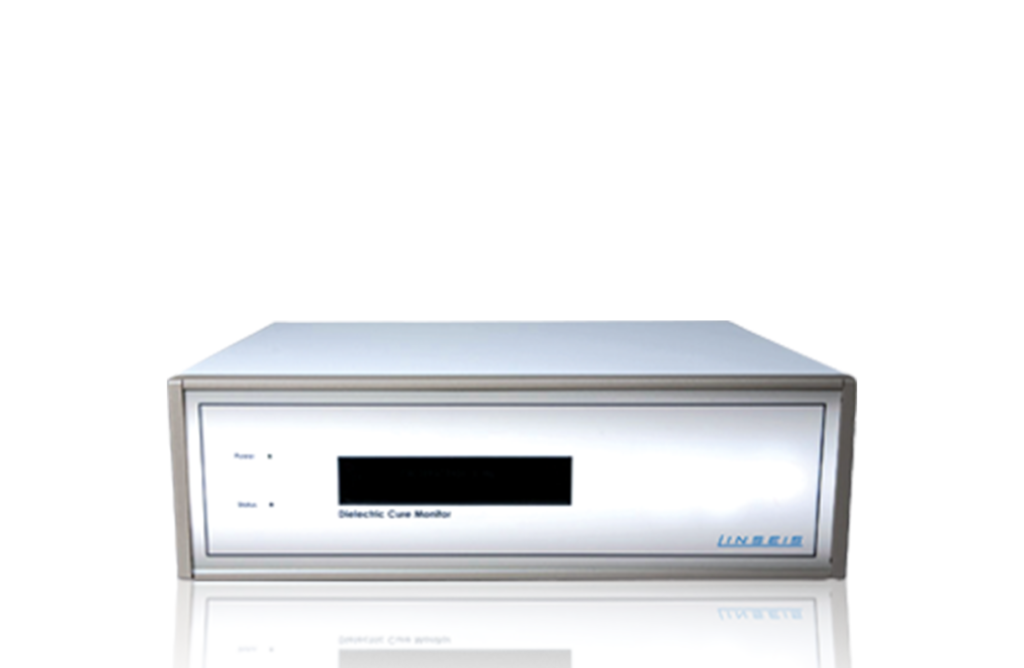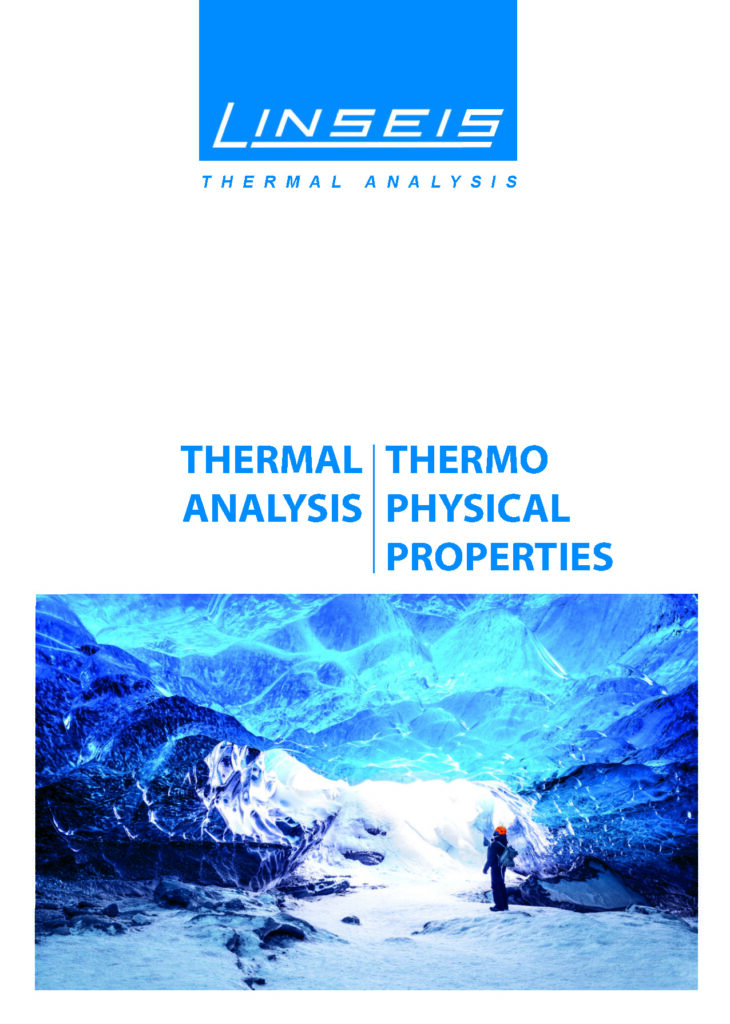Description
To the point
Dielectric analysis (DEA) can be used to determine the curing behavior and viscosity of thermal and UV-curing materials.
This allows important information to be obtained about the chemistry, composition, kinetics and other physical parameters of the materials under investigation.
Dielectric analysis is the only analytical method for R&D, quality control and production that provides quantitative information that can be applied 1:1 to all practical aspects of polymer processing.
The high-quality Linseis DEA devices, sensors and software can be used in a very flexible and user-friendly way.
The Linseis DEA is a perfect tool for polymer characterization and optimization of end products.
Unique features

Flexibility:
Determination of the curing behavior and viscosity
of thermal and UV-curing materials
Comprehensive material analysis:
Provides information on chemistry, composition,
kinetics and other physical parameters
Quantitative information:
Unique method for research,
quality control and production
Ease of use:
high-quality devices, sensors
and software for easy operation
Wide range of applications:
Optimization of polymer
formulations, Reaction rates,
diffusion studies and more
Questions? We're just a call away!
+1 (609) 223 2070
+49 (0) 9287/880 0
Our service is available Monday to
Thursday from 8 am to 4 pm
and Friday from 8 am to 12 pm.
We are here for you!
Specifications
Hard Facts
MODEL | DEA |
|---|---|
| Physical | |
| Dimensions: | 17” W x 16” L x 3.25” H |
| Weight: | 16 lbs |
| Electrics | |
| Power: | 100 VAC - 240 VAC, 50/60 Hz automatically switching universal input, 4 A max |
| Communication: | RS-232C, USB with adapter |
Applications
Applications
- Optimization of polymer formulations
- Reaction rates of curing reactions
- Diffusion studies
- Curing and process development/monitoring
- Material characterization
- Statistical quality control
Materials
- Epoxy resins
- Polyurethanes
- Polyester
- Polystyrene
- Composites and laminates
- Bulk Sheet Molding Compounds
- Paints and varnishes
Well informed

